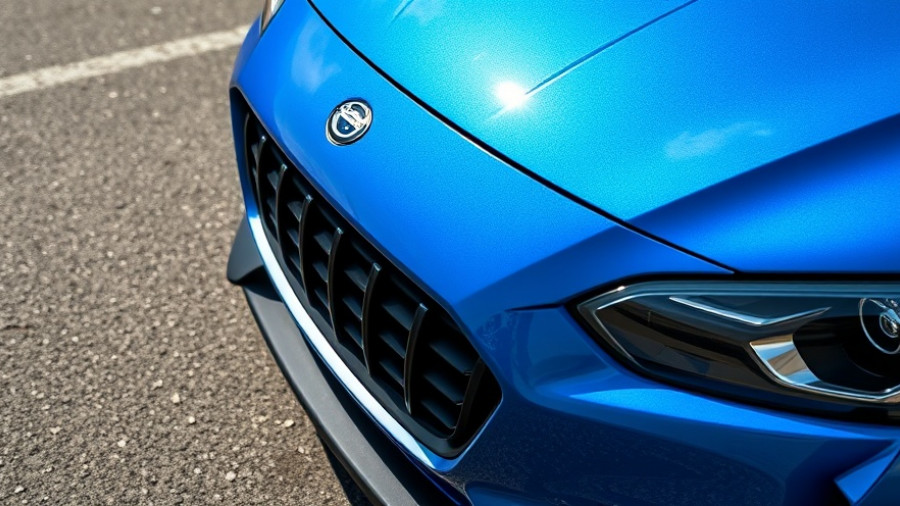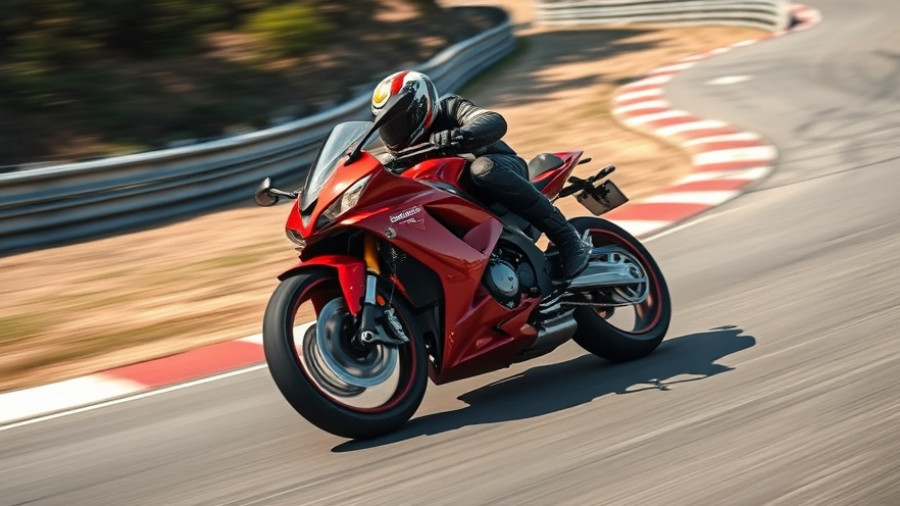
America's Evolving Vehicle Preferences: A Shift Away from Full-Sized Trucks
For many years, it seemed almost a given that American consumers preferred trucks. Pickup trucks like the Ford F-150 and Ram 1500 have consistently dominated sales charts, symbolizing not just utility but also an image of power and success in the American landscape. However, 2025 has thrown an unexpected twist into this narrative — the Honda CR-V has outsold both these iconic models in sales, marking a notable shift in what consumers want today.
Why is the Honda CR-V Winning Over Buyers?
The CR-V's performance this year speaks volumes; as of now, it has sold an impressive 307,501 units, up three percent from last year, with the hybrid variant seeing a remarkable 14 percent increase in sales. In contrast, the Ram 1500's sales have declined by two percent, highlighting the stark contrast in consumer preferences. So, what is making the CR-V resonate with buyers?
It appears the CR-V offers a practical blend of features that directly addresses current consumer anxieties — fluctuating fuel prices, interest rates, and economic uncertainty. Families looking for efficient vehicles without the complexities of an electric car are increasingly turning to hybrid models like the CR-V Hybrid, which boasts fuel efficiencies that are hard to ignore. With real-world fuel economy often swinging around the 40-mpg mark, it's a cost-effective solution for those wary of moving toward EVs.
The Importance of Consistency
Unlike its American competitors that have undergone drastic redesigns or brand overhauls, the Honda CR-V thrives on consistency. Its design, while modern and inviting, does not confuse buyers with overly flashy features. Instead, it offers a comfortable driving experience complemented by user-friendly technology, making it a preferred choice for families. As automobile technology continues to evolve, Honda has focused on refining what it already has rather than reinventing the wheel, a strategy that seems to be paying off in the current market.
What’s Happening with American Pickups?
On the other side, trucks such as the Ram 1500 are grappling with significant changes, including the retirement of the HEMI V8 engine in favor of the new twin-turbo inline-six Hurricane engine. Though theoretically more efficient, this decision disenchanted many loyal consumers. Consequently, Ram's sales have seen a decline, leading the company to reintroduce the HEMI for the 2026 model year. Meanwhile, the GMC Sierra is having a better year with a 10 percent increase in sales; however, it still lags behind the CR-V.
Drivers’ New Mindsets
The most significant element of this trend is not merely about numbers; it's about changing mindsets. With tightening household budgets and soaring vehicle prices, many consumers are re-evaluating whether they need a full-sized truck, which can often come with six-figure price tags, when a compact SUV like the CR-V meets their needs with a smaller environmental impact and lower ownership costs.
This trend sheds light on the evolving landscape of car ownership, where utility needs are at odds with consumer affordability. It raises questions about the future of the pickup truck market: will buyers remain loyal, or will they pivot towards SUVs that combine family-friendliness with budget practicality?
Recommendations for Car Buyers in 2025
For those considering a new vehicle, the ongoing sales performance of the Honda CR-V indicates that it remains one of the best-value cars on the market. Always evaluate factors such as fuel efficiency, maintenance, and reliability ratings when making a decision. With the rise of hybrid models and the gradual transition toward electric vehicles, it's essential to keep informed about trends, safety ratings, and performance analysis for the vehicles you're interested in.
As we look to the future, examining consumer behavior will be crucial. With rising gas prices and stricter regulations on emissions, the traditional truck buyer might soon face new obstacles that could shift their priorities prioritizing high-efficiency vehicles over sheer power and space.
 Add Row
Add Row  Add
Add 




Write A Comment